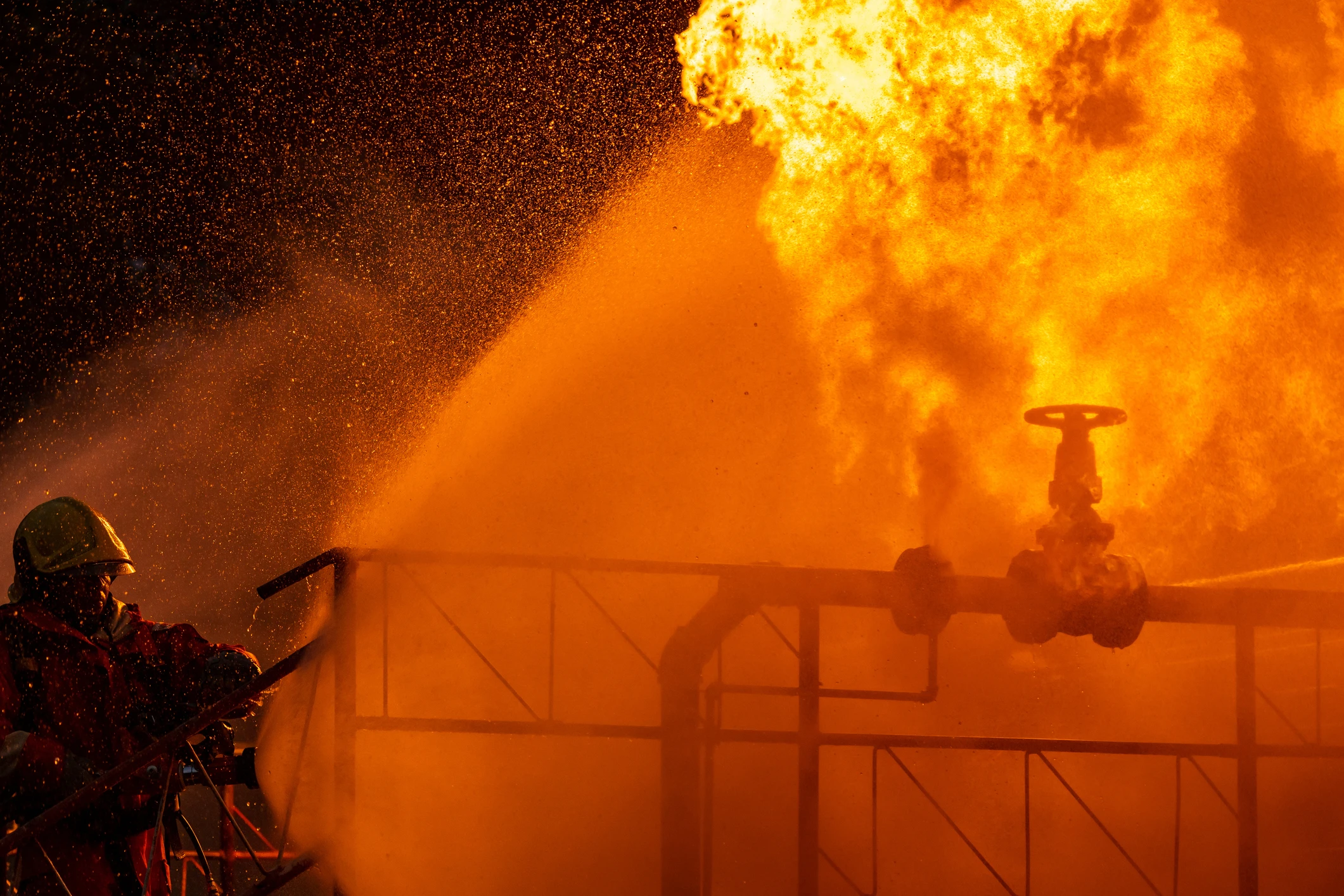Blue Ops confined space training simulators are realistic environments designed to
simulate various confined space scenarios for training purposes. These simulators aim
to provide both first responders and maintenance teams a safe learning experience for
both individuals & teams who may need to response or work in confined spaces as part
of their job responsibilities. Here are some key points about confined space training
simulators:
- Realistic Scenarios: Simulators are programmed to replicate real-life confined space situations, such as working in tanks, silos, tunnels, or other enclosed areas. They can simulate different hazards like poor air quality, limited visibility, confined movement, and more.
- Safety Training: The primary goal of these simulators is to train individuals on how to safely navigate and work in confined spaces. This includes understanding safety protocols, using personal protective equipment (PPE), recognizing hazards, and responding to emergencies.
- Interactive Learning: Simulators often offer interactive elements where trainees can perform actions like inspecting equipment, testing air quality, communicating with team members, and executing emergency procedures. This hands-on approach enhances learning and retention.
- Risk-Free Environment: Since simulators are virtual, trainees can make mistakes without real-world consequences. This allows them to learn from errors and improve their skills in a risk-free environment before facing actual confined space challenges.
- Monitoring and Feedback: Simulators can track trainees' performance, providing feedback on their actions and decisions. Instructors can review this data to assess competency, identify areas for improvement, and tailor training sessions accordingly.
- Customization: Simulators can be customized to simulate specific industries, job roles, or types of confined spaces. This flexibility allows organizations to create targeted training programs that address their unique requirements.
- Cost-Effective: While setting up a confined space training simulator may require an initial investment; it can be cost-effective in the long run compared to traditional training methods. Simulators reduce the need for physical mock-ups, travel expenses, and equipment maintenance.
- Compliance: Many industries have strict regulations regarding confined space work. Using simulators ensures that training meets compliance standards and prepares workers to adhere to safety regulations while performing confined space tasks.
Overall, confined space training simulators offer a valuable tool for preparing individuals
to work safely and effectively in challenging environments, reducing the risk of accidents
and injuries.

Contact us
for your live fire training needs!
